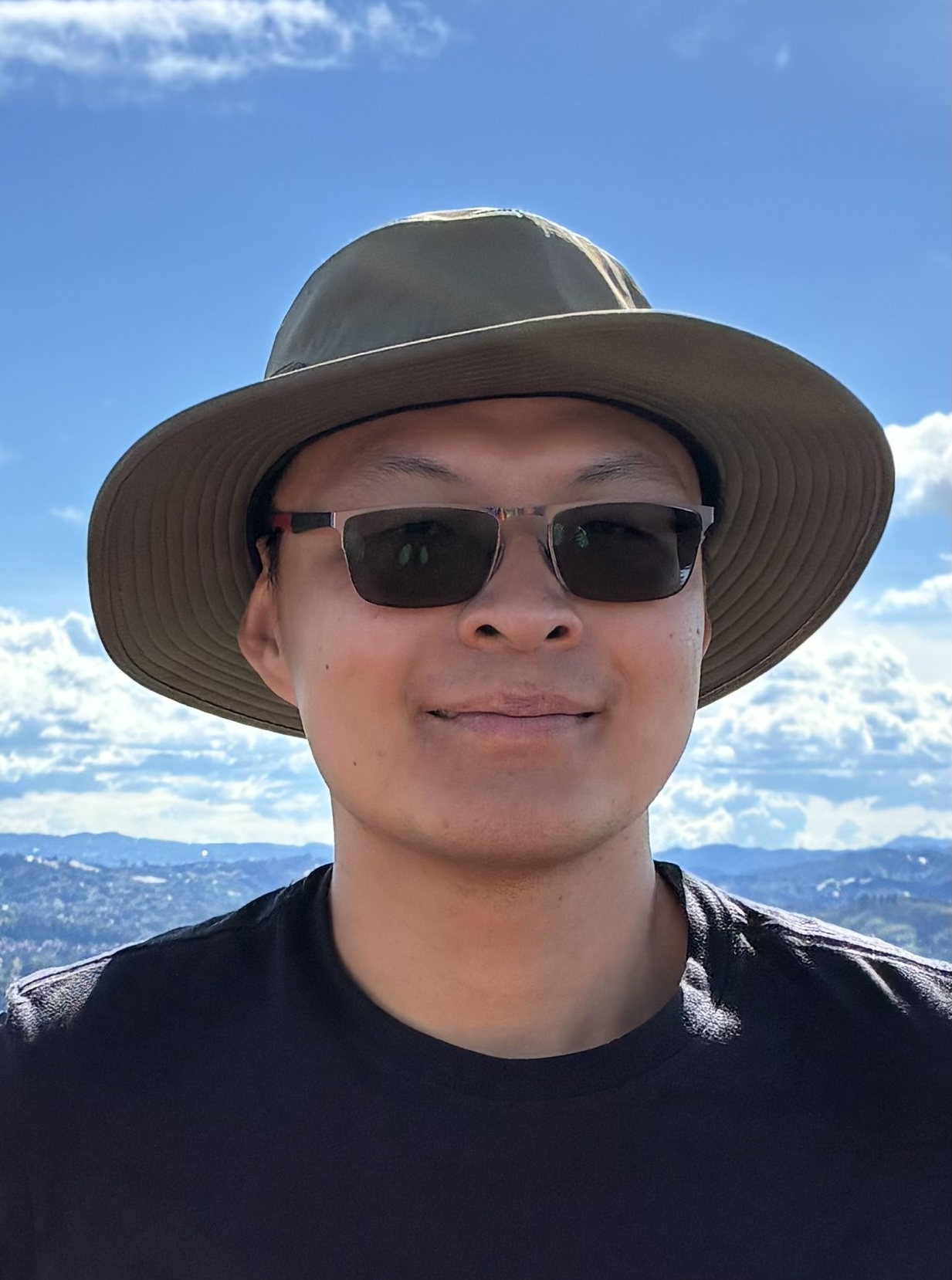My research lies at the interface between biology and physics. I am especially interested in identifying general principles governing living organisms using insights from statistical mechanics.
Large Complex Ecosystems
Modern techniques have uncovered the incredible diversity of microbial ecosystems. It brings significant challenges to understand and predict community structure and species coexistence patterns in diverse communities. I am working toward tackling these challenges in high dimensional ecosystems. In particular, it falls under two themes:(a) to develop fast algorithms to simulate diverse microbial communities; (b) to answer fundamental ecological questions with theoretical approaches inspired by spin glass physics.
Computation in Cells
Cells, the basic unit of life, perform complex computations to do environmental sensing and response. There must exist efficient, accurate, robust, and reusable algorithms in biological decision processes. For example, kinetic proofreading allows enzymes to discriminate two possible reaction pathways and reduce errors in biosynthetic processes. We also show Support Vector Machines have a natural interpretation in terms of ecological dynamics and may help understand the learning processes in immune responses. I am particularly interested in applying nonequilibrium statistical mechanics and ideas from computer science to understand design principles for functions in cells.
Random Matrix Theory in Biological Data Analysis
Biological measurement is always accompanied by noise, especially when using high throughput single-cell technologies. It is essential to filter noise before inferring meaningful signals. The information-plus-noise matrix in random matrix theory can well describe this problem. The noise can be filtered by comparing the eigenvalue structure of biological data with spectrums predicted by theories. Furthermore, the presence of the signal depends on if its strength is above a certain threshold. Thoroughly understanding this threshold will completely characterize the fundamental limits in inferring signals, which is exciting to explore.
